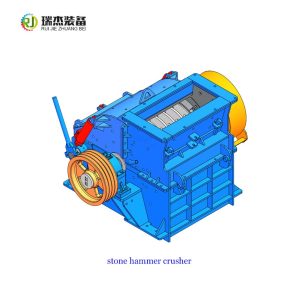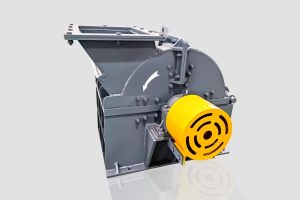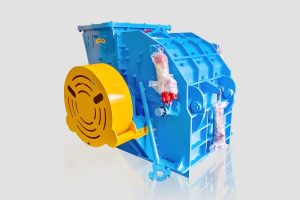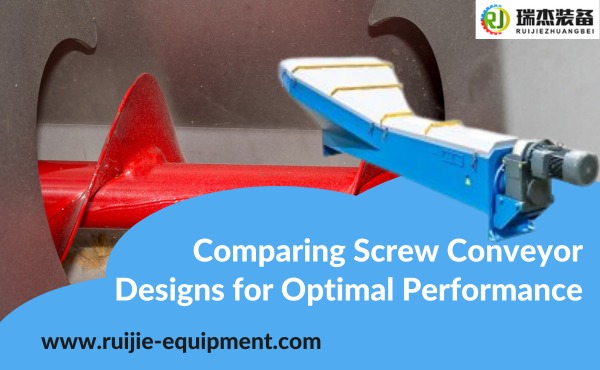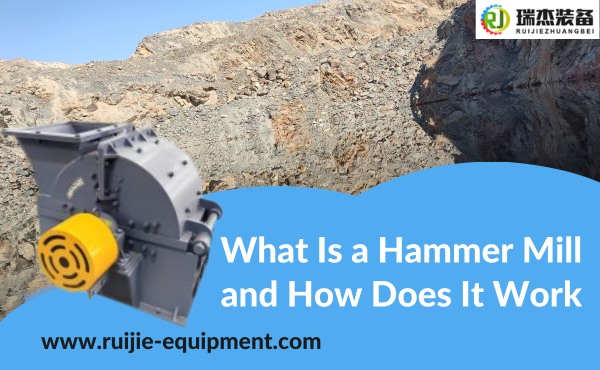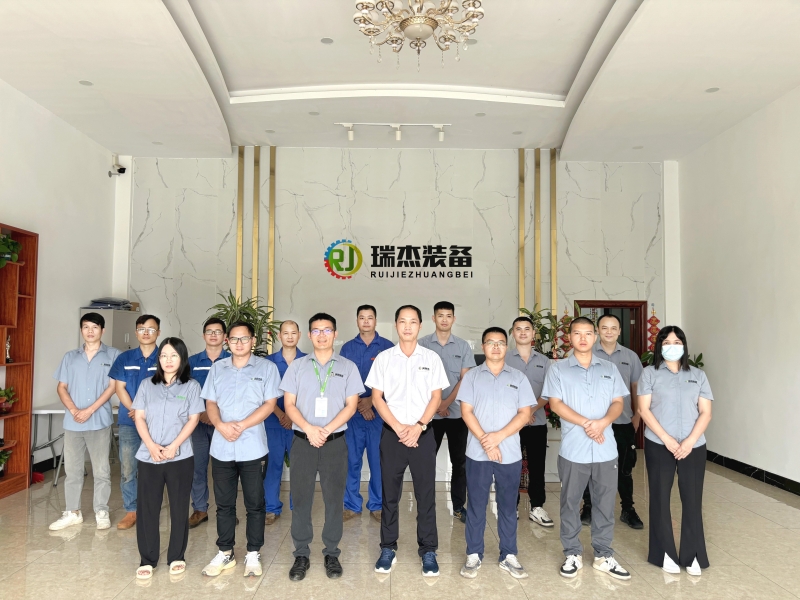Choosing the right crusher depends on understanding its functionality and design. An impact crusher uses high-speed impact to break materials, while a hammer crusher relies on repeated hammering. These differences affect their applications. Impact crushers suit harder materials, whereas hammer crushers excel with softer ones. Knowing these distinctions ensures optimal performance and cost-efficiency.
Material Suitability
Materials suitable for impact crushers
Impact crushers are ideal for processing materials with medium to high hardness. These crushers excel in breaking down materials like granite, limestone, and concrete. Their design allows them to handle materials with a higher level of abrasiveness. This makes them a preferred choice for industries such as construction and mining.
The impact crusher works efficiently with materials that require precise shaping. It produces a uniform output, which is essential for applications like road construction and aggregate production. Additionally, it can process materials with a certain level of moisture without significant performance issues. This adaptability ensures consistent results across various projects.
Materials suitable for hammer crushers
Hammer crushers are better suited for softer materials. They perform well with materials like coal, gypsum, and shale. These crushers are commonly used in industries that require fine crushing of brittle materials. Their design allows them to crush materials into smaller sizes with ease.
The hammer crusher is particularly effective for materials with low to medium hardness. It is often used in cement plants and chemical industries. However, it may struggle with harder or highly abrasive materials. For projects requiring less precision in output, the hammer crusher offers a cost-effective solution.
Cost Comparison
Initial cost of impact crushers
Impact crushers generally have a higher initial cost compared to hammer crushers. Their advanced design and ability to handle harder materials contribute to this price difference. The robust construction of an impact crusher ensures durability, which adds to its upfront expense. Industries that require precise shaping and uniform output often find this investment worthwhile. The higher price reflects the machine’s capability to deliver consistent performance over time.
Initial cost of hammer crushers
Hammer crushers are typically more affordable at the outset. Their simpler design and suitability for softer materials make them a cost-effective choice for many industries. This lower initial cost appeals to businesses with limited budgets or those working on smaller-scale projects. However, the reduced price may come with limitations in terms of material compatibility and output precision. For applications that do not demand high accuracy, the hammer crusher offers a practical and economical solution.
Long-term operational costs
The long-term operational costs of these crushers vary significantly. Impact crushers often require less frequent maintenance due to their durable design. Their ability to handle abrasive materials without excessive wear reduces repair expenses. On the other hand, hammer crushers may incur higher maintenance costs over time.
Their hammers and internal components wear out faster, especially when processing harder materials. While the initial cost of a hammer crusher is lower, its long-term expenses can offset this advantage. Businesses must weigh these factors to determine the most cost-effective option for their needs.
Structural Differences
Design of impact crushers
The design of an impact crusher emphasizes efficiency and precision. It features a horizontal or vertical rotor that spins at high speed. This rotor is equipped with blow bars or hammers, which strike the material with significant force.
The impact breaks the material into smaller pieces. Adjustable impact plates surround the rotor, allowing operators to control the size of the output. This flexibility makes the impact crusher suitable for producing uniform and high-quality aggregates.
Impact crushers often include a feed opening that accommodates larger materials. The crushing chamber is spacious, reducing the risk of blockages. The machine’s robust construction ensures durability, even when processing abrasive materials. Its design prioritizes consistent performance, making it a reliable choice for industries like mining and construction.
Design of hammer crushers
The hammer crusher has a simpler design compared to its counterpart. It features a rotating rotor fitted with multiple hammers. These hammers swing freely and strike the material as the rotor spins. The impact shatters the material, which then passes through a grate or screen to achieve the desired size. This straightforward mechanism makes the hammer crusher easy to operate and maintain.
Hammer crushers typically have a compact structure, making them ideal for smaller spaces. The feed opening is smaller, limiting the size of materials it can process. The design focuses on crushing softer and less abrasive materials. While it may not offer the same level of precision as an impact crusher, it provides a cost-effective solution for industries like cement production and coal processing.
Risk of Material Blockage
How impact crushers handle blockages
Impact crushers are designed to minimize the risk of material blockages during operation. Their spacious crushing chamber allows materials to flow freely, reducing the chance of clogging. The adjustable impact plates play a crucial role in managing the size of the output, ensuring smooth processing. Operators can modify these plates to accommodate different material types, which helps prevent blockages caused by oversized or irregular pieces.
The high-speed rotor in an impact crusher contributes to efficient material handling. It breaks down larger chunks into smaller fragments before they reach the discharge area. This mechanism ensures continuous operation without interruptions. Additionally, many impact crushers feature a feed opening that can handle larger materials, further reducing the likelihood of blockages. Regular inspections and timely adjustments keep the crusher running efficiently, even with abrasive materials.
How hammer crushers handle blockages
Hammer crushers face a higher risk of material blockages due to their compact design and smaller feed opening. These crushers rely on a rotating rotor with swinging hammers to crush materials. When oversized or sticky materials enter the chamber, they can obstruct the flow and disrupt the crushing process. This issue is more common when processing materials with high moisture content.
To address blockages, operators often need to manually clear the chamber or adjust the grate openings. Some hammer crushers include mechanisms to reverse the rotor’s direction, which helps dislodge stuck materials. However, this process can slow down operations and increase downtime. Regular maintenance and careful material selection reduce the frequency of blockages, ensuring smoother performance.
Output and Efficiency
Efficiency of impact crushers
Impact crushers are known for their high efficiency in material processing. Their design allows them to handle larger feed sizes and produce uniform particles. The high-speed rotor plays a key role in breaking down materials quickly. This feature makes them suitable for industries requiring consistent and precise output, such as road construction and aggregate production.
The adjustable impact plates enhance efficiency by allowing operators to control the size of the final product. This flexibility reduces waste and ensures optimal use of materials. Additionally, impact crushers can process materials with moderate moisture levels without significant performance loss. Their ability to handle abrasive materials with minimal wear further contributes to their operational efficiency.
Efficiency of hammer crushers
Hammer crushers offer reliable performance for softer and less abrasive materials. Their simple design ensures quick and effective crushing of materials like coal, gypsum, and limestone. The rotating rotor with swinging hammers delivers consistent results, making them ideal for industries like cement production.
However, hammer crushers may struggle with harder materials or those with high moisture content. Their efficiency decreases when processing such materials due to increased wear and potential blockages. Despite this limitation, hammer crushers remain a cost-effective option for applications that do not require high precision or uniform output. Regular maintenance and proper material selection can help maintain their efficiency over time.
Grain Shape and Quality
Grain shape from impact crushers
Impact crushers produce materials with a more uniform grain shape. Their high-speed rotor and adjustable impact plates allow precise control over the crushing process. This results in cubical particles, which are highly desirable in industries like road construction and concrete production. The consistent grain shape enhances the strength and durability of the final product.
The design of an impact crusher ensures that materials are broken down evenly. The crushing action reduces irregularities, creating a smoother texture. This uniformity makes the output suitable for applications requiring high-quality aggregates. Operators can adjust the settings to achieve the desired particle size, ensuring flexibility for different projects.
Grain shape from hammer crushers
Hammer crushers, on the other hand, produce materials with less uniformity in grain shape. The crushing mechanism relies on repeated hammering, which can result in more angular and uneven particles. This characteristic makes the hammer crusher suitable for applications where precise grain shape is not a priority.
The output from a hammer crusher often includes a mix of fine and coarse particles. While this may not meet the standards for high-quality aggregates, it works well for industries like cement production and coal processing. The simpler design of the hammer crusher focuses on breaking materials into smaller sizes rather than achieving a specific shape.
Conclusion
Impact crushers and hammer crushers differ significantly in design, functionality, and output. Impact crushers excel in producing uniform materials, while hammer crushers suit softer materials with less precision. Choosing the right crusher depends on material type, budget, and application needs. Considering long-term costs and maintenance ensures better investment decisions and operational efficiency.
RUIJIE is your trusted manufacturer and supplier of high-performance hammer crusher machines. Visit our product page to explore detailed specifications, application scenarios, and customization options tailored to your industrial crushing needs.

